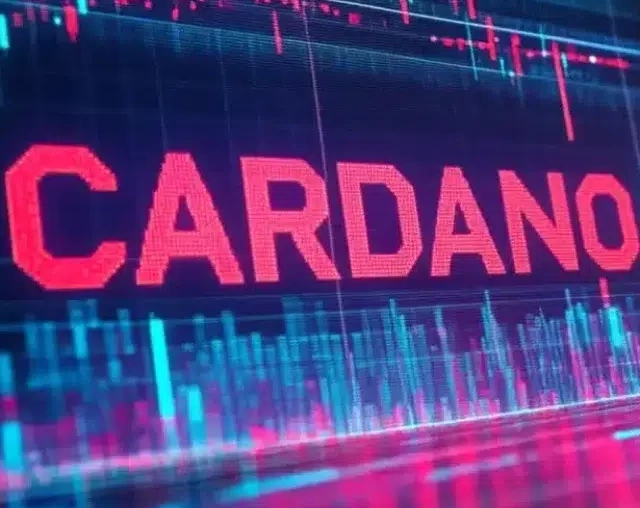
SWIFT Explores XRP and HBAR for Enhanced Cross-Border Payments
In a significant move towards modernizing international financial transactions, SWIFT is testing the capabilities of two prominent cryptocurrencies, XRP and HBAR, to streamline cross-border payments. This initiative underscores the growing recognition of blockchain technology in the traditional banking sector and its potential to revolutionize how money moves around the globe.
Understanding SWIFT’s Role
SWIFT, or the Society for Worldwide Interbank Financial Telecommunication, is a global messaging network that facilitates secure and standardized communications among banks and financial institutions. With over 11,000 institutions connected to its network, SWIFT has long been the backbone of international money transfers. However, as the demand for quicker and more efficient transactions grows, SWIFT is exploring innovative solutions to enhance its services.
The Potential of XRP and HBAR
XRP, created by Ripple, is designed for fast and cost-effective international payments. It enables near-instantaneous transactions with minimal fees, which makes it an attractive option for banks looking to reduce the costs associated with traditional payment systems. Meanwhile, HBAR, the native cryptocurrency of the Hedera network, offers its own advantages, including high transaction speeds and scalability, making it another strong candidate for improving cross-border payment processes.
Why Testing Matters
The testing phase is crucial for SWIFT as it seeks to understand how these cryptocurrencies can be integrated into its existing framework. By exploring the capabilities of XRP and HBAR, SWIFT aims to identify the best solutions for enhancing transaction speeds and reducing costs, ultimately benefiting banks and their customers alike. This initiative also signals a willingness to adapt and innovate in an increasingly digital financial landscape.
The Future of Cross-Border Payments
As SWIFT moves forward with these tests, the results could have far-reaching implications for the financial services industry. If XRP and HBAR prove effective, they could pave the way for broader adoption of cryptocurrencies in traditional banking systems. This shift could lead to a more efficient global financial ecosystem, where transactions are not only faster but also more accessible to people worldwide.
In conclusion, SWIFT’s exploration of XRP and HBAR marks a pivotal moment in the evolution of cross-border payments. With the potential to enhance transaction efficiency and reduce costs, these cryptocurrencies could redefine how financial institutions operate on a global scale. As tests progress, stakeholders will be watching closely to see how this initiative unfolds and what it means for the future of international payments.



